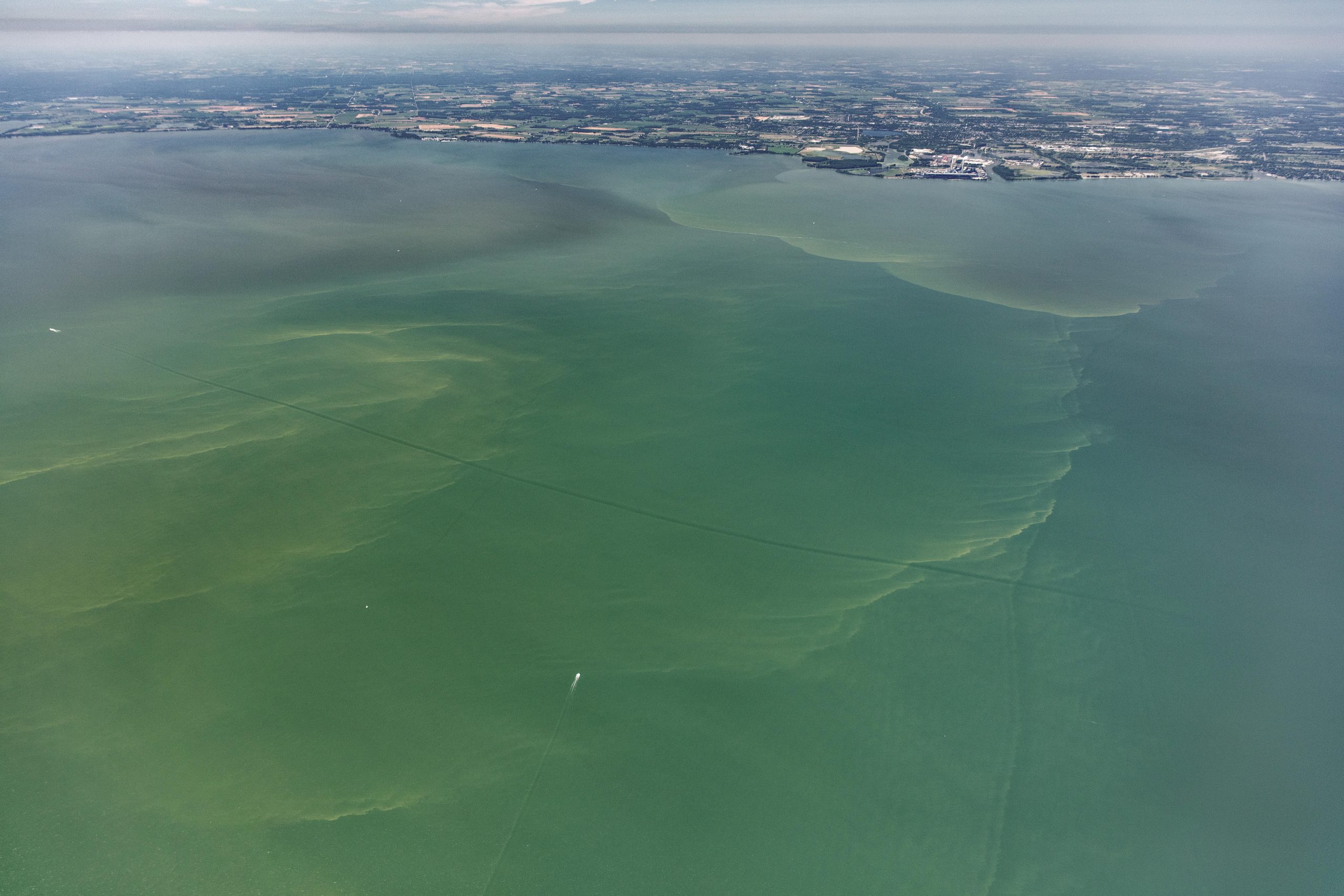Table of Contents
![]()
Introduction
Harmful Algal Blooms (HABs) are a growing concern in aquatic ecosystems worldwide. These events occur when certain species of algae proliferate rapidly, leading to the formation of dense and potentially toxic blooms. While algae are a natural part of aquatic environments, the harmful consequences of HABs arise from the toxins they produce. In this article, we will delve into the causes of HABs, the various types of algal toxins, the health risks associated with them, and the measures taken for detection, prevention, and mitigation.
Causes of Harmful Algal Blooms
- Nutrient Pollution: One of the primary drivers of HABs is nutrient pollution, often from agricultural runoff and sewage discharges. Excess nutrients, such as nitrogen and phosphorus, fuel algal growth and contribute to the formation of these blooms.
- Climate Change: Changes in temperature and precipitation patterns due to climate change can create conditions favoring HABs. Warmer waters, altered ocean currents, and increased storm events can all impact HAB occurrence.
- Aquaculture Practices: Intensive aquaculture practices can release excess nutrients and organic matter into the water, creating ideal conditions for HAB development. Poorly managed aquaculture facilities can exacerbate the problem.
Types of Algal Toxins
HABs can produce various types of toxins, including:
- Microcystins: Microcystins are hepatotoxins that affect the liver and can lead to acute and chronic health problems in humans and animals.
- Saxitoxins: Saxitoxins are neurotoxins that can cause paralytic shellfish poisoning when contaminated seafood is consumed.
- Brevetoxins: Brevetoxins can cause respiratory problems and are associated with red tide events, particularly in the Gulf of Mexico.
- Ciguatoxins: Ciguatoxins are commonly found in tropical reef fish and can lead to ciguatera fish poisoning in humans.
- Domoic Acid: Domoic acid, produced by diatoms, can accumulate in shellfish and cause amnesic shellfish poisoning when consumed.
Health Risks Associated with HAB Toxins
A. Human Health Impacts:
- Gastrointestinal Issues: Consumption of contaminated seafood can lead to nausea, vomiting, and diarrhea.
- Neurological Effects: Certain algal toxins can cause paralysis, muscle weakness, and even death in severe cases.
- Respiratory Problems: Inhaling aerosolized toxins from HABs can result in coughing, wheezing, and other respiratory issues.
B. Marine Life and Ecosystem Effects:
- Fish Kills: HABs can lead to mass die-offs of fish and other aquatic organisms, disrupting local ecosystems.
- Harm to Aquatic Species: Toxic algae can harm marine mammals, birds, and coral reefs, contributing to ecosystem degradation.
C. Economic Consequences:
HAB events can impact tourism, fisheries, and aquaculture industries, leading to economic losses for affected communities.
Detection and Monitoring of HABs
Efforts to detect and monitor HABs include:
- A. Remote Sensing Technologies: Satellite-based sensors can identify HABs from space, providing valuable data for early warning systems.
- B. Water Quality Testing: Regular water quality monitoring helps identify conditions conducive to HAB development.
- C. Citizen Science Initiatives: Engaging the public in monitoring efforts through citizen science programs can increase awareness and data collection.
Prevention and Mitigation Strategies
To combat HABs, several strategies are employed:
- A. Nutrient Reduction Programs: Implementing measures to reduce nutrient pollution, such as improved agricultural practices and wastewater treatment, can limit the occurrence of HABs.
- B. Early Warning Systems: Developing robust early warning systems helps authorities and communities prepare for HAB events and protect public health.
- C. Sustainable Aquaculture Practices: Adopting sustainable aquaculture practices that minimize nutrient release can reduce the contribution of aquaculture to HABs.
Case Studies
- A. Notable HAB Incidents: Explore real-world examples of significant HAB events, their impacts, and the lessons learned from them.
- B. Successful Mitigation Efforts: Highlight cases where proactive measures effectively mitigated HABs and their associated risks.
Future Challenges and Research Directions
- A. Anticipating HAB Trends: Ongoing research is necessary to understand how climate change may impact the frequency and severity of HABs.
- B. Developing New Detection Methods: Advances in technology can lead to more accurate and timely detection of HABs, enhancing mitigation efforts.
- C. Promoting Public Awareness: Educating the public about the dangers of HABs and the importance of responsible nutrient management can reduce their occurrence.
Conclusion
HABs pose a significant threat to both human health and the environment. Understanding their causes, toxins, and health risks is essential for developing effective prevention and mitigation strategies. By addressing nutrient pollution, enhancing monitoring efforts, and promoting sustainable practices, we can work towards reducing the impact of HABs and safeguarding our waterways and communities.
Share This





Be the first to comment